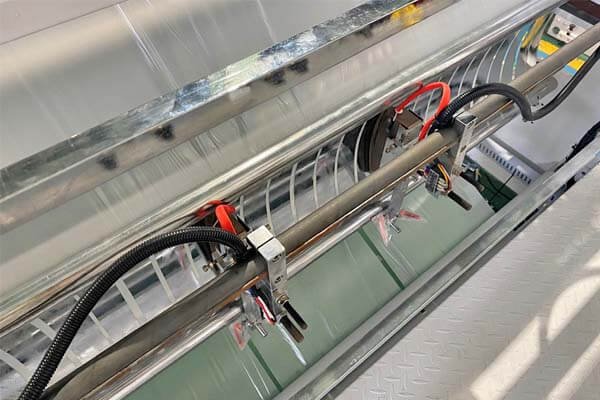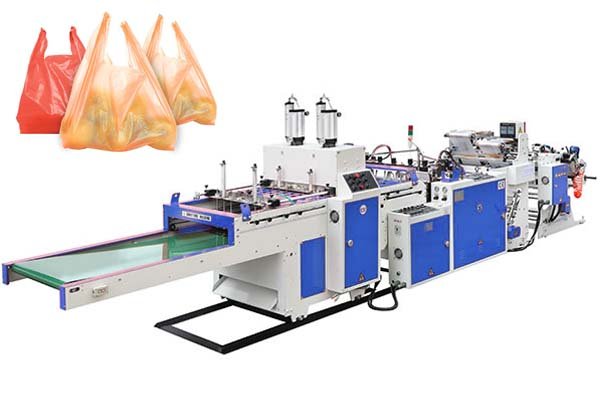
If you're budgeting for a courier bag making machine, understanding what influences the price is essential. Costs vary widely based on features, automation level, and output capacity. Here's a clear breakdown of the key factors that determine pricing.
Courier bag making machines typically range between $23,000 and $35,000. This range reflects differences in speed, automation, material handling, and custom configurations. At the entry level, machines are built for durability and core performance. At the higher end, machines include advanced features like energy-efficient motors and automation systems.
A $23,000 machine often offers semi-automatic operation and stable performance for growing businesses. Machines closer to $35,000 feature high-speed operation, full PLC control, and modules like integrated printing. Your choice should align with your production volume, workforce, and specific bag requirements.
What Technical Specifications Increase the Price?
The cost of a machine is largely shaped by its hardware and software. Key factors include motor type, automation level, and any integrated systems. These not only impact upfront costs but also long-term operational efficiency.
Main technical features that raise the price: high-speed motors, advanced PLCs, and optional modules such as integrated printing. These features improve productivity and reduce costs over time.
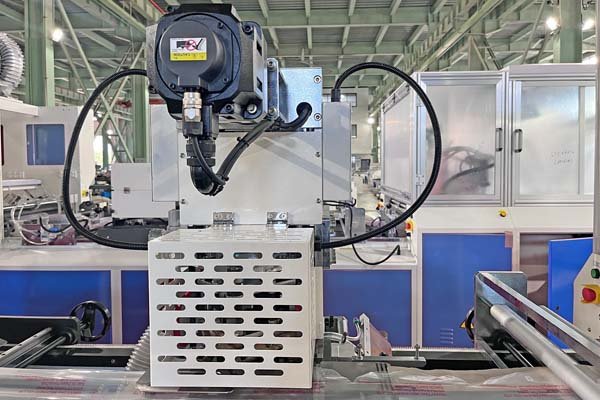
A cheaper machine might suit your needs now, but a more advanced system may provide better long-term value by cutting labor and waste.
Motor Type and Speed
The motor determines production speed and efficiency.
- Standard AC Motors: Affordable and reliable for moderate production (up to 1,500 bags/hour). Found in lower-priced machines.
- Servo Motors: Used in premium models, capable of over 2,500 bags/hour. These motors improve control, cut energy use by up to 30%, and deliver higher precision.
Automation and Controls
Automation level impacts how many operators are needed and the risk of error.
- Semi-Automatic: Push-button controls and manual inputs. Suited for smaller operations.
- Fully Automated PLC Systems: Touchscreen control with full parameter settings. Reduces labor, increases consistency, and allows a single operator to manage more machines.
Sealing and Custom Features
Reliable sealing is essential for courier bags. Machines with enhanced sealing systems or custom modules (e.g., QR code printing) cost more but deliver added functionality.
For example, a client in India installed a QR printing module to produce 2,500 labeled bags per hour—streamlining their logistics process.
Specification Comparison Table
| Feature | Standard (~$23,000) | Advanced (~$35,000+) |
|---|---|---|
| Control System | Semi-automatic, push-buttons | Fully automated PLC with touchscreen |
| Motor Type | Standard AC motor | High-speed servo motor |
| Production Speed | Up to 1,500 bags/hour | 2,500+ bags/hour |
| Special Modules | None or minimal | Integrated QR printing, labeling, etc. |
| Material Handling | Basic tension control | Patented Smart Tension Control |
| Best Fit For | Startups or low-volume producers | High-volume logistics or e-commerce firms |
How Does Customization Impact the Price?
Custom features increase cost but also provide production advantages. These include specific design modules, material compatibility, and integrated printing.
Customization raises the price by incorporating special components like logo printing, dual adhesives, or biodegradable material handling.
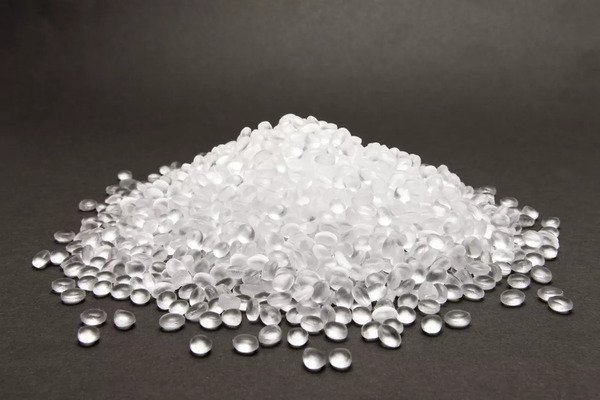
Material Compatibility
Standard machines handle LDPE/HDPE films. For alternative materials like biodegradable PLA, modifications to heating and tension control are necessary. A U.S. client, for instance, required adjustments for PLA, which were engineered in-house to maintain precision and consistency.
Integrated Printing
Adding printing units transforms a basic bag into a branded product.
- Flexographic Printing: Suitable for basic logos or text.
- Thermal Transfer Printing: Ideal for barcodes, QR codes, and labels.
While these add to the initial cost, they eliminate the need for secondary printing processes.
Unique Bag Features
Certain bag types demand specialized design:
- Double Adhesive Strips – For returns.
- Tear-Off Receipts – For delivery tracking.
- Tamper Seals – For security.
- Air Release Holes – For bulky items.
Each feature involves custom tooling or sealing parts, which adds to the investment but ensures fit-for-purpose production.
What Additional Costs Should You Plan For?
The quoted price covers the machine, but you should also consider transport, installation, training, and maintenance.
Expect additional costs for logistics, customs, on-site setup, and long-term support such as spare parts and service.
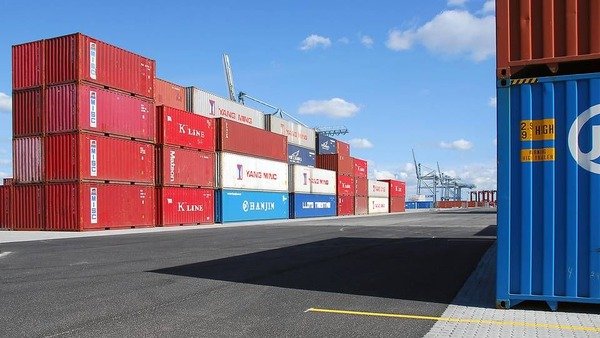
Logistics and Shipping
Costs vary by location and trade terms. Here’s a comparison:
| Term | Supplier Covers | Buyer Covers |
|---|---|---|
| EXW | Machine ready at factory | All transport and import duties |
| FOB | Delivery to Chinese port | Freight, insurance, import duties |
| CIF | Shipping and insurance to destination port | Local delivery and import duties |
| DDP | End-to-end delivery to your site | None (all-inclusive) |
Lead time is usually 45 days. Faster delivery is available for repeat customers.
Installation and Training
For complex machines, expert installation is available. This ensures proper setup and trains your staff on operation and maintenance, reducing errors and maximizing uptime.
Spare Parts and Maintenance
Consumables like blades and heating bars require replacement. A parts list is provided with each machine. For IoT-enabled models, predictive maintenance alerts are available to help you service parts before breakdowns occur.
How BagMec® Supports Strong ROI
The value of your investment is determined by long-term performance, not just the purchase price. BagMec® machines are designed to deliver returns through durability, energy efficiency, and service.
Strong ROI comes from robust build quality, energy-efficient technology, and full-cycle support.
Long-Term Durability
- Quality Control: Machines go through five stages of testing, including stress tests and precision checks.
- Materials: High-carbon steel frames with corrosion-resistant finishes.
- Performance: Clients like a German logistics firm report 99% uptime across multiple machines.
Efficiency Features
- Reduced Waste: Smart Tension Control cuts material waste by maintaining steady film feeding.
- Energy Savings: Servo motors reduce power use by up to 30%, directly lowering utility costs.
Ongoing Support
- Fast Quote Turnaround: Detailed quotes within 48 hours.
- Remote Diagnostics: IoT machines allow support teams to troubleshoot remotely.
- Scalable Orders: From one prototype machine to full production lines.
Conclusion
Courier bag making machines range from $23,000 to $35,000, depending on features and automation. While the price is important, the true value lies in output, efficiency, and long-term reliability. A well-chosen machine aligned with your production needs can deliver strong returns for years.




